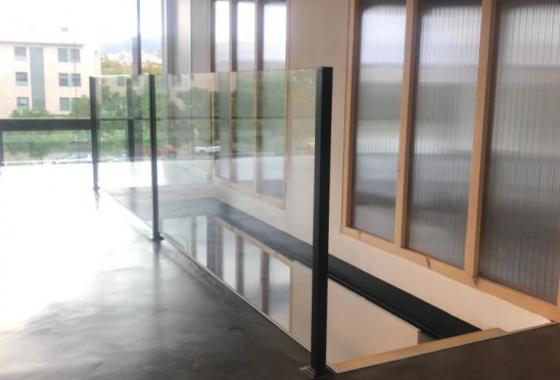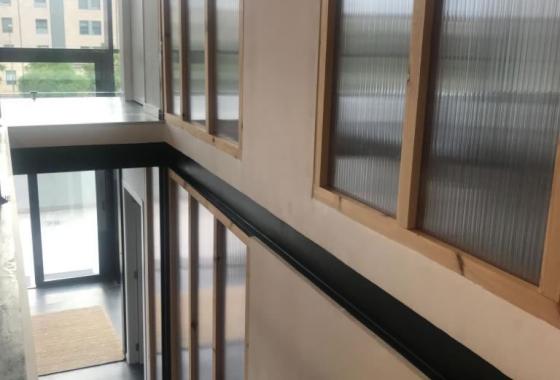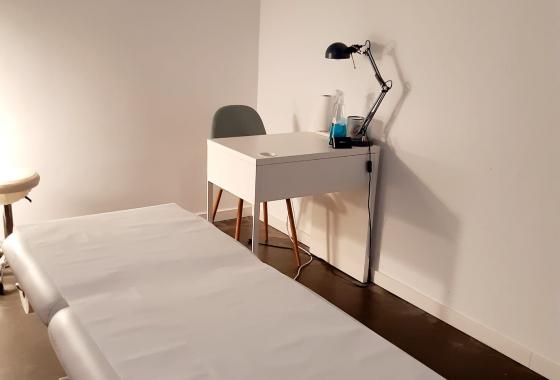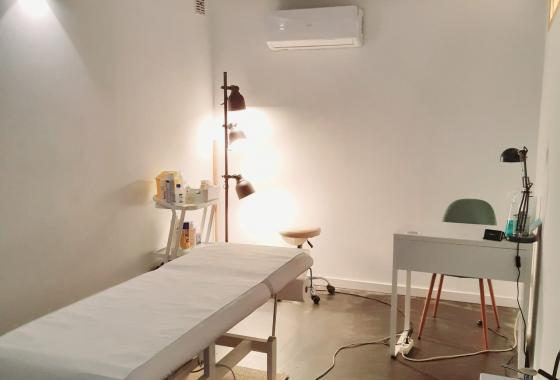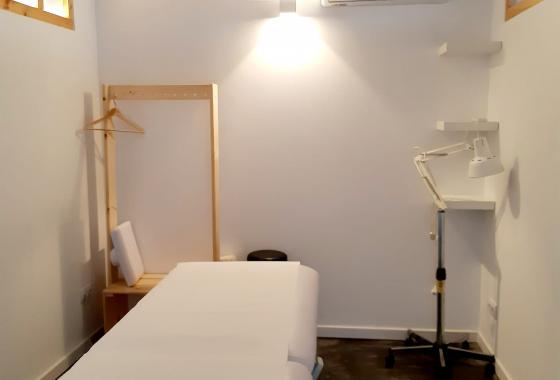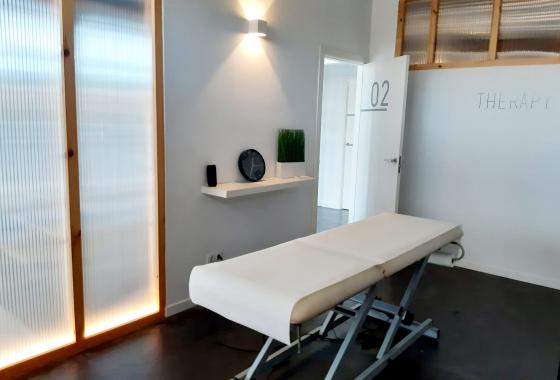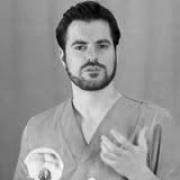Epicondylitis also called tennis elbow because of the high frequency of appearance in people who practice tennis, it is caused by the repetition of actions that involve the muscles inserted in the epicondyle, which may adversely affect the development of daily life due to the influence of pain. Read on and learn more about Epicondylitis and how it can be easily treated at FisioClinics Palma de Mallorca.
What is Epicondylitis?
Epicondylitis is a disease that causes inflammation and pain in the lateral / outside of the elbow as a result of overusing the wrist extensor muscles attached to the elbow. Mainly the extensor carpi radialis brevis muscle connects the bones of the upper arm (humerus) and the fingers (metacarpal).
This muscle is a fundamental part of the use of a tennis racket, which is why tennis players who are middle-aged and elderly are often the most affected by the so-called "tennis elbow".
But it occurs not only in tennis, but also in others such as badminton and table tennis from the same sports racket, when the wrist extensor muscles are overworked. In addition to sports, employees who repeat the movement to extend their fingers when operating the computer keyboard or housewives who repeat the same gesture may be affected.
What are the symptoms of Epicondylitis?
The characteristic symptom of tennis elbow (Epicondylitis) in lateral elbow pain, in addition this pain sometimes appears burning or as punctures in the area of the elbow joint, which over time can become dull, painful in nature. If Epicondylitis progresses without treatment, loss of muscle strength may occur, increased pain during movement and also at night.
What Causes Tennis Elbow?
The cause of the Tennis Elbow disease is the improper use of the arms, especially during the exercise of some games, such as tennis, hence the origin of its name. Other activities that involve repetitive wrist gestures, as well as other causative factors are:
-
Congenital laxity of the ligament apparatus in the area of the elbow joint.
-
Chronic joint overload.
-
Muscle imbalance.
-
Direct trauma to the elbow.
-
Food deficiencies.
-
Metabolic disorders.
How is the medical diagnosis of Epicondylitis made?
The clinical examination carried out by the specialist shows the presence of pain when pressing on the outside of the elbow, as well as the weakness in the grip and is identified in the movement of the installation. X-rays are useless in these cases because they only show bones and are healthy in these patients since the problem lies in the muscles.
Electromyography and MRI can be used to verify the state of the nervous system, as well as the degenerative state of the elbow tendon tissue in case of Epicondylitis. Sometimes a lab test can be done to determine the uric acid level in the blood or to determine the number of cells and white blood cells if bacterial infections are suspected. But in most patients and athletes there is no need for any radiation or tests, but the diagnosis is based on the data of the physical clinical examination.
 Physiotheraphy
Physiotheraphy Osteopathy
Osteopathy Massage
Massage Lymphatic
Lymphatic Group classes
Group classes Home
Home Baby
Baby


















